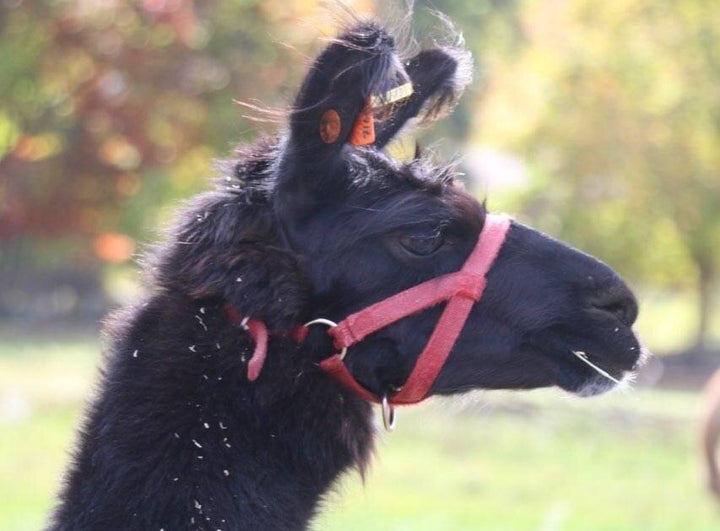
Never did we imagine that llamas could become humankind’s saviour, but it turns out they might hold the key to some promising ways to stop the virus behind Covid-19 – known as SARS-CoV-2 – in its tracks.
And it’s all in the llama antibodies. Or nanobodies, to be precise.
Researchers at the University of Pittsburgh School of Medicine have managed to extract tiny but extremely powerful antibody fragments from llamas, which could be fashioned into inhalable therapeutics with the potential to prevent and treat Covid-19.
These special llama antibodies, called nanobodies, are much smaller than human antibodies and many times more effective at neutralising the SARS-CoV-2 virus, researchers found. They’re also much more stable.
“Nature is our best inventor,” said senior author Yi Shi, assistant professor of cell biology at the University of Pittsburgh. “The technology we developed surveys SARS-CoV-2 neutralising nanobodies at an unprecedented scale, which allowed us to quickly discover thousands of nanobodies with unrivalled affinity and specificity.”
To generate these nanobodies, Shi turned to a black llama named Wally. Researchers immunised Wally with a piece of the SARS-CoV-2 spike protein and, after about two months, the animal’s immune system produced mature nanobodies against the virus.
Using a fancy technique that Shi has been perfecting for the past three years, lead author Yufei Xiang, a research assistant in Shi’s lab, identified the nanobodies in Wally’s blood that bind to SARS-CoV-2 most strongly.
Then, the scientists exposed the nanobodies to live SARS-CoV-2 virus and found that they could neutralise enough virus to spare a million cells from being infected.
The nanobodies can sit at room temperature for six weeks and tolerate being fashioned into an inhalable mist to deliver antiviral therapy directly into the lungs where they’re most needed.
Since SARS-CoV-2 is a respiratory virus, the nanobodies could find and latch onto it in the respiratory system, before it even has a chance to do damage, researchers suggest.
In contrast, traditional SARS-CoV-2 antibodies require an IV, which dilutes the product throughout the body, necessitating a much larger dose and costing more.
“Nanobodies could potentially cost much less,” said Shi. “They’re ideal for addressing the urgency and magnitude of the current crisis.”
Nanobodies use a variety of mechanisms to block SARS-CoV-2 infection, which makes them “ripe” for bioengineering, said researchers.
For instance, nanobodies that bind to different regions on the SARS-CoV-2 virus can be linked together, like a Swiss army knife, in case one part of the virus mutates and becomes drug-resistant.
Study co-author, Paul Duprex, said: “As a virologist, it’s incredible to see how harnessing the quirkiness of llama antibody generation can be translated into the creation of a potent nanoweapon against clinical isolates of SARS-CoV-2.”
So what does a UK-based expert make of it all? Professor Daniel Altmann, from the Department of Immunology and Inflammation at Imperial College London, tells HuffPost UK: “While this sounds like an off the wall idea, it’s an approach that has a track record at least in research settings, for very logical reasons.
“We’ve all heard about the early hopes of using various monoclonal antibody cocktails as a therapeutic for blocking the virus. The ones in trial come mainly from human cells, or in one case, mouse cells.
“The approach under discussion here simply makes use of the fact that some species, such as llamas, make a slightly different, smaller antibody.
“This means one could manufacture antibodies that are highly specific to the region of virus neutralisation, yet small and nimble enough to get around the body for example by inhalation rather than injection.”